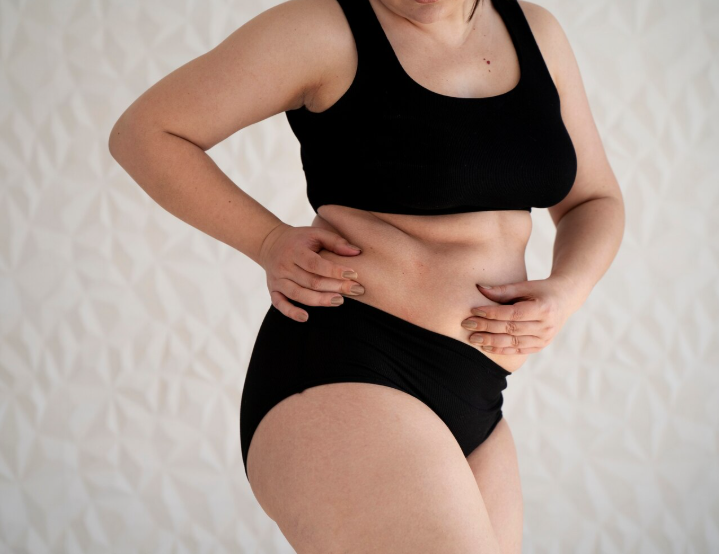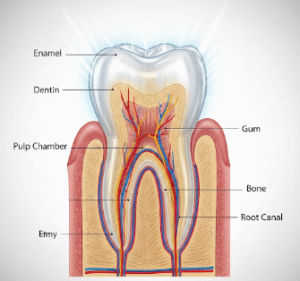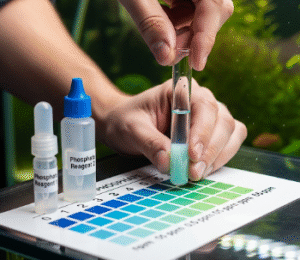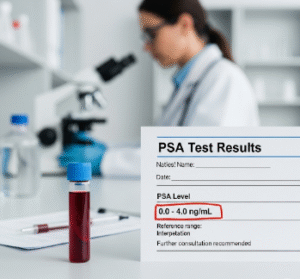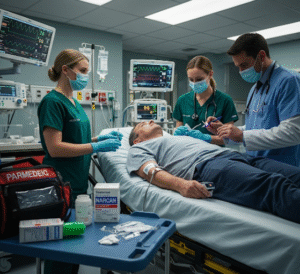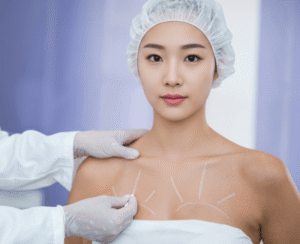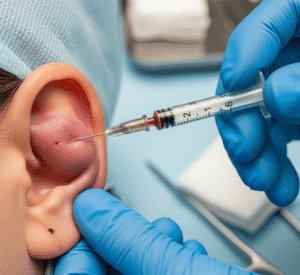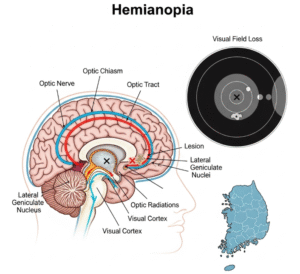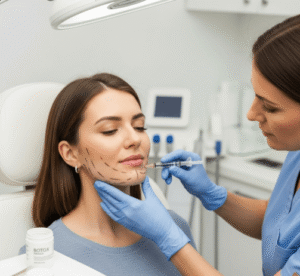What It Is
Hip dip fat grafting is a cosmetic procedure designed to correct indentations along the outer thighs and hips, commonly referred to as “hip dips” or “violin hips.” These natural inward curves occur where the pelvis meets the femur, and while they are completely normal, some people find them cosmetically undesirable.
The procedure involves harvesting fat from another part of the patient’s body (commonly the abdomen, thighs, or flanks) and injecting it into the hip dip area. This creates a smoother, fuller, and more rounded silhouette, enhancing the hourglass body shape many patients desire.
Why It’s Done
Patients usually choose hip dip fat grafting because:
- They want a more feminine, contoured body shape.
- Hip dips make clothing like fitted dresses, leggings, or swimsuits look less smooth.
- They want a natural enhancement using their own fat instead of implants or fillers.
- They are already undergoing liposuction in other areas and wish to reuse the fat for contouring.
Ideal candidates include:
- Patients with noticeable hip dips and adequate fat reserves for harvesting.
- Women seeking to balance the waist-to-hip ratio for an hourglass figure.
- Men or women looking for more symmetry in the hip area.
Alternatives
- Non-surgical options: Hyaluronic acid or filler injections into the hip dips. These provide temporary results (lasting months, not years).
- Lifestyle and exercise: Targeted glute and hip exercises can help build muscle volume, but results vary and may not fully correct deep indentations.
- Hip implants: Solid silicone implants can add volume, but they involve higher surgical risks compared to fat grafting.
Preparation
Before undergoing hip dip fat grafting in Korea, patients will:
- Attend a consultation where the surgeon assesses fat availability, skin quality, and hip shape.
- Undergo medical tests to confirm eligibility for anesthesia and fat transfer.
- Stop smoking and avoid alcohol for at least 2–4 weeks prior.
- Avoid blood thinners and supplements that may increase bleeding.
- Plan for at least a few days off work and arrange comfortable clothing (loose, non-restrictive garments).
How It’s Done
- Anesthesia: Usually performed under general anesthesia or sedation with local anesthesia.
- Step 1: Fat Harvesting – Liposuction is performed on areas with excess fat, such as the abdomen, thighs, or flanks.
- Step 2: Fat Processing – The removed fat is purified through centrifugation or filtration to ensure only healthy fat cells are injected.
- Step 3: Fat Injection – The purified fat is carefully injected into the hip dip area in layers, sculpting a fuller and natural-looking contour.
- Duration: Typically 2–3 hours, depending on the volume of fat required.
Recovery
- First week: Patients may feel soreness in both the donor (liposuction) and grafted areas. Bruising and swelling are common.
- Compression garment: Worn for several weeks to minimize swelling and support healing.
- Sitting/lying restrictions: Patients are advised to avoid direct pressure on the grafted areas (such as lying on the side) to help fat cells survive.
- Return to work: Usually after 5–7 days, depending on comfort.
- Exercise: Light activities resume after 2 weeks, while intense exercise is restricted for 4–6 weeks.
- Results: Initial swelling subsides in 4–6 weeks, with final results visible after 3–6 months as the body stabilizes the transferred fat.
Possible Complications
- Fat reabsorption (some fat may not survive, reducing final volume).
- Asymmetry if one side retains more or less fat than the other.
- Swelling, bruising, or temporary numbness.
- Rare but serious risks: fat necrosis, infection, or fat embolism.
Treatment Options in Korea
Diagnosis
Korean surgeons perform a thorough consultation, often using 3D imaging or body contour scans to plan precise fat placement. This ensures natural symmetry and proportion.
Medical Treatments
Non-surgical approaches like dermal fillers may be suggested for patients who lack enough fat for transfer. However, these are temporary and less commonly chosen in Korea compared to fat grafting.
Surgical or Advanced Therapies
- Autologous fat grafting remains the gold standard for hip dip correction in Korea.
- Korean clinics specialize in micro-fat and nano-fat techniques, which allow for smoother layering and higher fat survival rates.
- In select cases, fat grafting is combined with liposuction in the waist or abdomen for an even more dramatic hourglass effect.
Rehabilitation and Support
- Post-procedure monitoring to ensure fat survival.
- Follow-up visits for contour checks and possible touch-ups if needed.
- Access to lymphatic drainage massage and skin tightening therapies to improve recovery and results.
- Guidance on lifestyle and posture adjustments to protect grafted fat.

